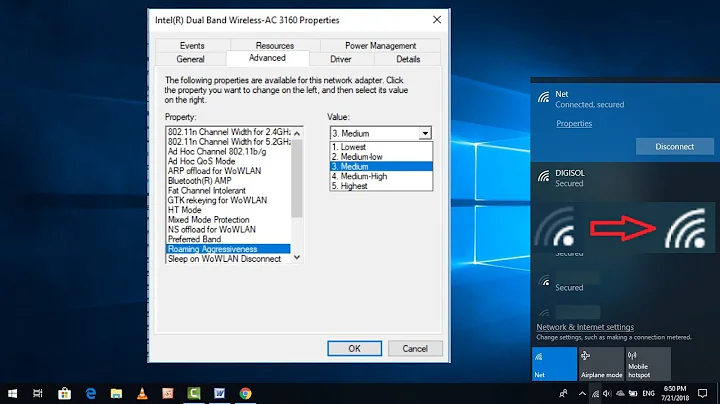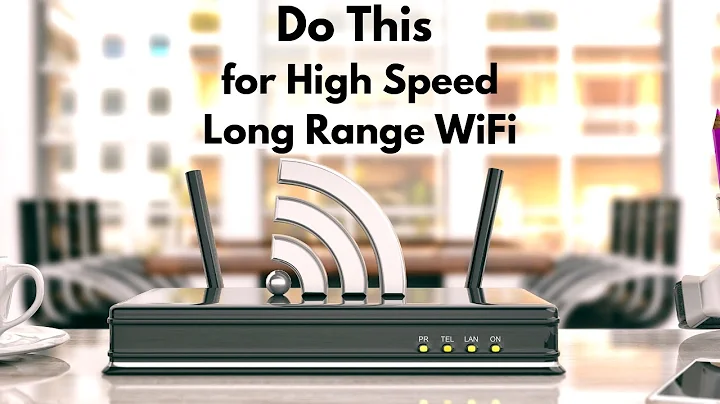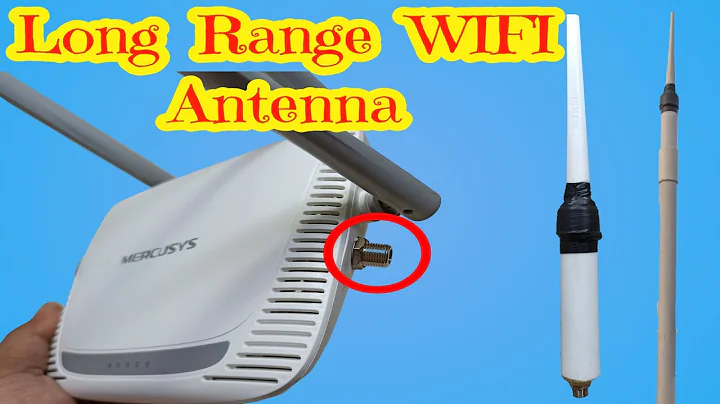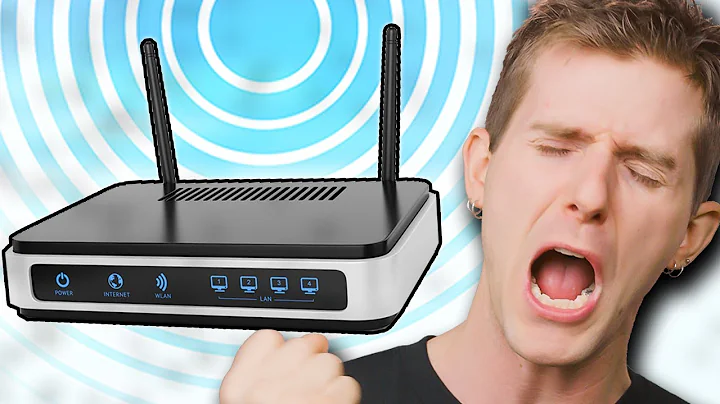How to reduce the signal strength for my wi-fi antenna
That product's marketing is deliberately deceptive. It's not just a 26dBi antenna, it's also (if its specs can be believed) a 2000mW (2 watt) single-stream 2.4GHz 802.11n USB Wi-Fi adaptor.
Let's deal with the 26dBi part first.
Please note that an antenna is just a chunk of metal in a shape that helps certain frequencies of electromagnetic energy radiate out in certain directions. "dBi" (deciBels relative to isotropic) is a measurement of directional gain; that is, how well the shape of the antenna focuses the energy in the desired direction, in comparison to a theoretical "isotropic" antenna, which is an antenna that radiates energy evenly in all directions in a complete sphere. "26dBi" means that your antenna's shape sends about 400x more energy in the desired direction than an isotropic antenna would.
Since an antenna's dBi measurement (its directional gain; its ability to focus energy in the desired direction) is based on its shape, you can't change its dBi with a Windows setting.
Now, about the 2000mW part. 2000mW (milliWatts) is about 33dBm (deciBels relative to 1mW). That's a measurement of power, and the power output of a Wi-Fi card is controlled by a Power Amplifier (PA), and Wi-Fi cards are generally designed so that their PAs' can be controlled with software.
HOWEVER, Microsoft has never made a standard Windows UI/API for adjusting a Wi-Fi card's transmit power. Instead, every vendor of Wi-Fi drivers for Windows that cares to let you adjust the transmit power of their card has to create an Advanced Driver Properties setting for this. So go into the Advanced Driver Properties settings for your Approx APPUSB26D USB Wi-Fi adapters's driver, and see if it lets you set a lower setting.
By the way, it seems to me that 2W of power is still not a lot. Cell phones can use up to 5W 2W (IIRC) depending on frequency band and local regulations. A traditional incandescent night light uses a 4W bulb. Even if your roommate's head was directly in line with the direction your 26dBi antenna + 2W Wi-Fi adapter was pointing, I wouldn't expect it to cause headaches. And if his head isn't in line (or nearly in line) with the antenna beam, then he should have nothing to worry about, because high-gain antennas focus all that energy in that one beam direction, so a lot less energy goes out in other directions. So as long as you're not in the beam or in some place that a lot of energy from the beam gets reflected/scattered, you're not getting as much energy as you would from, say, a typical omnidirectional (in a 2D plane) dipole stick antenna.
Related videos on Youtube
Sepherim
Updated on September 18, 2022Comments
-
Sepherim over 1 year
I just bought an Approx APPUSB26D Directional Antenna (26 dBI) because my previous wifi card didn't reach the router (on the other side of the house). My new antenna works perfectly, and it reaches the router and far beyond. Yet, my flat mate complained that he's been having headaches these last few days (since I bought it).
I think it's improbable that an antenna designed for bout outdoors and indoors produces headaches so easily and it's probably due to other reasons, yet the signal does reach far beyond the router so I have no problems with the idea of reducing it's strength and, thus, hopefully stopping his complaints.
So, I just started using Windows 8 and am not yet too comfortable with it, but I've been looking around and I have found no explanations on how to reconfigure the antenna's signal strength. Nothing in the power menu, nothing on the antenna's own small program.
Any idea of how it can be reduced? Or, alternatively, any explanation I can use on him on why wifi signals don't give headaches?
-
redbeam_ almost 9 yearsWi-Fi signals are usually harmless to people, although I've seen some complaining exactly about this.
-
Matt Burland almost 9 yearsDo nothing. Tell you roommate you have "reduced the power". See if he continues to complain.
-
user6784 almost 9 yearsA sheet of material of the right thickness over the cup? Whether you need a cereal flap or an inch of plastic or an inch of aluminum or an inch of lead I don't know.
-
 DavidPostill almost 9 yearsMake him a tinfoil hat
DavidPostill almost 9 yearsMake him a tinfoil hat
-
-
Julian Knight almost 9 yearsWoah! 5W!! I think 3G is limited to 2W maximum, Wi-Fi 1W (USA) is standard max. I think and I seem to remember 4W is the absolute max you can legally transmit without a license. Different countries have different rules of course. So the OP's 2W is about right. I also believe that wattage is the power at the point of transmission so using a directional antenna needs some care. Of course, the limits are set to deal with long-term effects not short-term but some research has shown some people do seem susceptible to RF.
-
Spiff almost 9 years@JulianKnight I think you're right, I was probably misremembering about 5W.
-
i_am_root almost 9 years... did your roommate buy the explanation, or is he afraid of his cellphone now?
-
Sepherim almost 9 yearsWe arranged to turn the antenna, so he's happy now since it's not facing him. I still think it's overpowered though, so I'll try the other options you guys have suggested to reduce the power tomorrow :)






